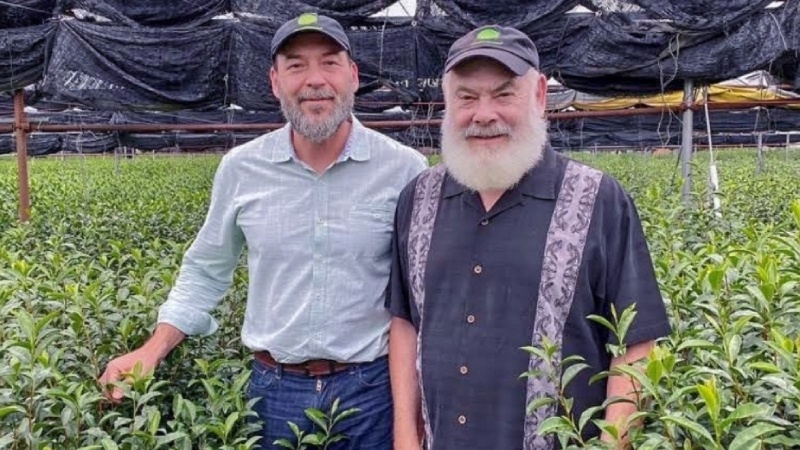
Matcha, the vibrant green powdered tea that has long been a staple in traditional Japanese tea ceremonies, has recently experienced a surge in popularity in the United States and beyond. Once a beverage enjoyed only by a select few, matcha has now evolved into a versatile ingredient found in a wide variety of modern cuisines, from smoothies to savory dishes.
Dr. Andrew Weil: A Champion of Matcha’s Rise
Dr. Andrew Weil, an internationally recognized expert on medicinal plants, integrative medicine, and wellness, is one of the driving forces behind this transformation. Having spent over 40 years promoting the health benefits and culinary potential of matcha, he believes several key factors have contributed to its rise.
“Matcha’s popularity in the United States can be attributed to efforts from companies like Matcha Kari, which have focused on importing high-quality matcha and teaching people how to use it,” Dr. Weil explains. “I’m gratified to see how far it’s come, transitioning from a ceremonial tea consumed by a minority of Japanese to a much-loved beverage all over the world.”
Matcha in Modern Kitchens: A Versatile Ingredient
While matcha has traditionally been consumed as a beverage in Japan, its use as an ingredient in cooking is expanding rapidly. “Desserts remain the most common way to use matcha while cooking,” says Dr. Weil, “but I’ve seen it used successfully in savory dishes like pasta, sauces, and seasoning blends. I believe we’ve only scratched the surface of its culinary potential, and I’m excited to see how it will continue to evolve.”
This culinary flexibility is one of the reasons matcha has gained such traction in modern kitchens. Its ability to be incorporated into everything from lattes to noodles makes it an exciting ingredient for chefs and home cooks alike.
The Health Benefits Behind Matcha’s Popularity
Beyond its unique flavor and color, matcha is also prized for its health benefits, which have contributed to its appeal among health-conscious consumers. “Some of matcha’s popularity has to do with its being a healthy alternative to coffee,” Dr. Weil notes. “There’s been a great deal of new research on the health benefits of green tea in general, which has also brought matcha into the spotlight, and for good reason. Matcha is the only form of tea made from the whole tea leaf, which maximizes the content of tea’s active compounds.
The unique cultivation process of matcha further enhances its health benefits. Tea plants are shaded before harvest, boosting the levels of L-theanine, an amino acid known for its calming effects, as well as polyphenols, which have antioxidant properties. “For someone looking for a healthier alternative to coffee, matcha is a great choice,” Dr. Weil explains. “Thanks to the calming effect of L-theanine, matcha causes relaxed alertness rather than the jangling stimulation of other caffeinated beverages.”
Innovative Culinary Applications of Matcha
Matcha’s versatility is not limited to drinks and desserts. According to Dr. Weil, there are numerous innovative ways to incorporate matcha into savory dishes. One of his favorites is “cha soba,” green tea-infused noodles popular in Japan. “Matcha can also be mixed with herbs and spices to create seasoning blends for fish and vegetable dishes, adding umami flavor,” he says. A particularly fun and easy way to use matcha in cooking is to make matcha salt, which can be sprinkled on food for an extra burst of flavor. “Try making matcha salt by mixing matcha with fine sea salt—start with a 50/50 blend—and sprinkle it on your food.”
Matcha’s Bright Future in Modern Cuisine
As matcha continues to gain popularity, it’s clear that its place in modern cuisine is only growing. Whether enjoyed in a latte, added to a pasta dish, or sprinkled over a salad, matcha’s health benefits and culinary versatility are making it an exciting ingredient in kitchens around the world. As Dr. Weil puts it, “I’m excited to see how matcha will continue to evolve in the years to come.”